The introduction to this book has Marie Kondo saying, “I don’t really see a need for this book. I told you everything in this first book but people keep writing me asking for details on how to do stuff, so here it goes.” I raced through this book and when I was done, I firmly […]
Year Read: 2018
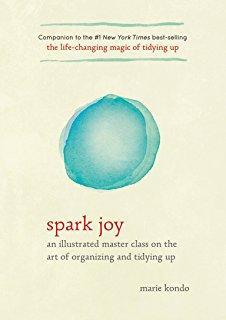
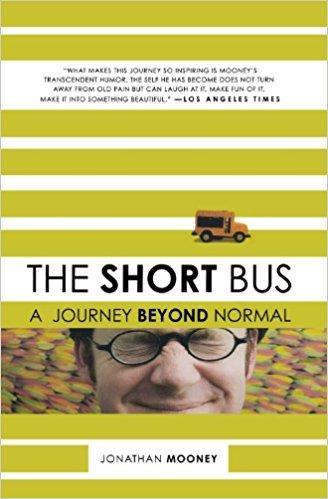
The Short Bus
Jonathan Mooney
2008
Read: 2018
Education/Leadership, Non-Fiction
I learned about this book when I heard about Jonathan Mooney speaking to a group of educators locally. I learned that he was an elementary school student and high school student with us before going on to Brown University. I learned that he faced many challenges as a special education student and that he had […]
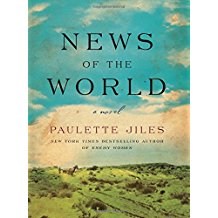
News of the World
Paulette Jiles
2016
Read: 2018
Fiction
This was recommended to me by my father. It is a story of a 70+-year-old cowboy and war veteran whose main occupation was going around Texas and other western states reading citizens the news that they cannot get otherwise. It was a time when literacy was very low and news publications could not be accessed […]
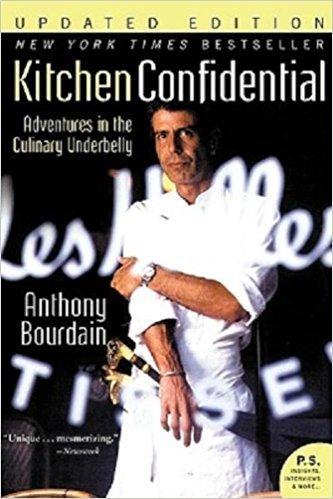
Kitchen Confidential
Anthony Bourdain
2000
Read: 2018
Cooking, Non-Fiction
After the untimely death of Anthony Bourdain, I began to learn a lot about this TV celebrity that so many in the world were inspired by. I have to admit that I am not a very good TV watcher. I have missed so many great series. Dr. Dale recommended that I watch West Wing and […]

The Life Changing Magic of Tidying Up
Marie Kondo
2011
Read: 2018
Education/Leadership, Non-Fiction, Reading Now
I was listening to an architect who specialized in building new schools talk about what classrooms should be. One of his pet peeves was all of the nonsensical and nonpurposeful clutter that occupies many classrooms. He thought that every classroom should contain only those items which are useful for teaching and learning or inspirational for […]

Living Forward: A Proven Plan to Stop Drifting and Get the Life You Want
Michael Hyatt and Daniel Harkavy
2016
Read: 2018
Education/Leadership, Non-Fiction
I am a big goal-setter. I find that I am much more focused and driven when I write down my goals or when I have target events to shoot for. If I have neither, I can kind of drift. This book caught my attention because it was recommended by many and it clearly focuses on […]
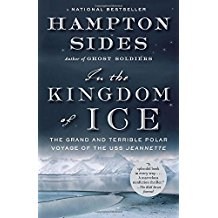
In the Kingdom of Ice: The Grand and Terrible Polar Voyage of the USS Jeannette
Hampton Sides
2015
Read: 2018
Non-Fiction
My wife recommended this book to me. It is a nonfiction story of an ill-fated journey to the north pole in the 1870’s. There were many theories about the north pole at that time, and one of them was that there was a large ring of ice around the arctic circle but inside that, once […]
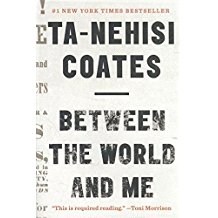
Between the World and Me
Ta-Nehisi Coates
2015
Read: 2018
Manhattan Beach has spent a lot of time over the last 18 months talking about the importance of inclusion. We have seen events in our community and in our schools that make us realize that we need to make sure that every student and every community member do all they can to respect and include […]
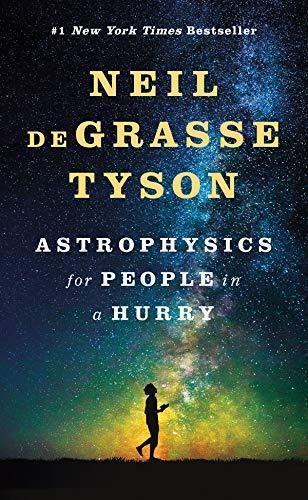
Astrophysics for People in a Hurry
Neil de Grasse Tyson
2017
Read: 2018
solid read. by (2017) I’ll give you two quotes from the book. One from the intro: “If you’re too busy to absorb the cosmos via classes, textbooks, or documentaries, and you nonetheless seek a brief but meaningful introduction to the field, I offer you Astrophysics for People in a Hurry.” That is completely accurate. […]